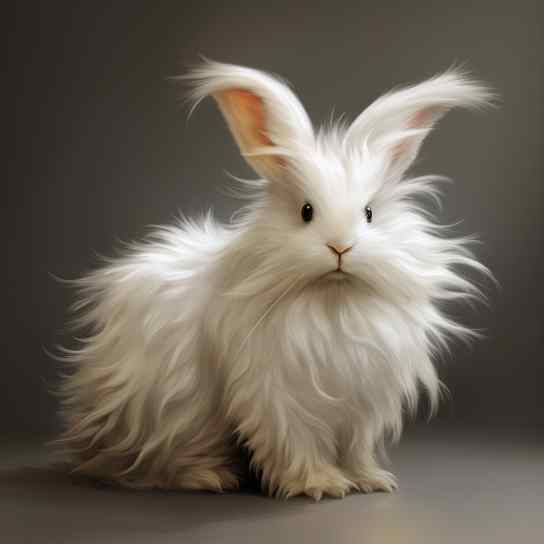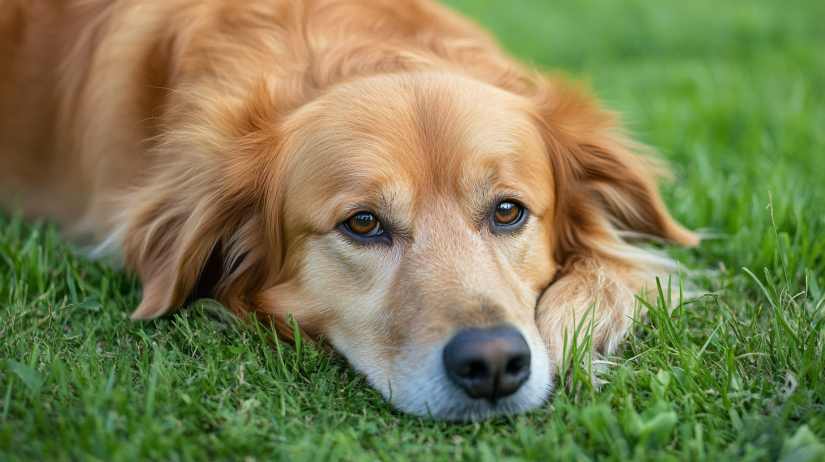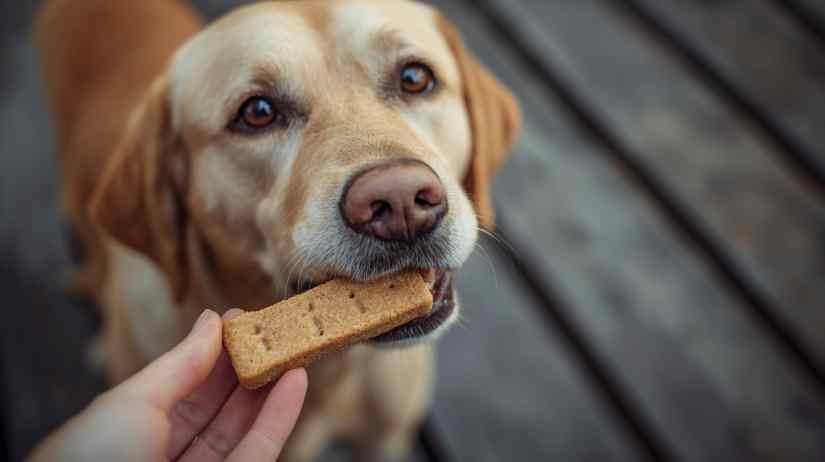Angora rabbits are intelligent, friendly and social. They usually enjoy spending time with their family members, playing or sipping games. They can be trained to use a litter box and come when called.
Lifespan: 5-8 years Angoras are intelligent, cuddly rabbits who love to play, especially with cat toys. A national treasure in its homeland, the rare and beautiful Turkish Angora is the oldest known longhair breed and possibly the ancestor of other longhair breeds.
Most Angora rabbits weigh between two and 5.5 kilograms (4.4 and 12 pounds). Giant Angora rabbits weigh an average of 5.5 kilograms, as per limit. Also, there are some breed-specific variations. English Angora rabbits grow long fur on the face and ears.
What is Angora famous for?
Angora is known for its softness, thin fibres, and what knitters call a halo (fluffiness). It is also famous for its silky texture. Because of its hollow core, angora fibre is much warmer and lighter than wool. This hollow core also gives wool its characteristic floating feel.
Some rabbit-safe vegetables include fennel, pumpkin, asparagus, cauliflower, and cucumber. Giant angoras are mainly used as fibre animals, usually grown to produce wool. However, if you keep this rabbit breed as a pet, socialize them with small children or other animals.
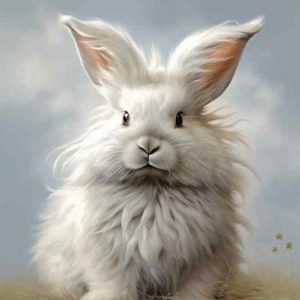
Care for Angora rabbits?
I usually lightly dust the whole rabbit with potato flour and very gently, starting from the side of the rabbit, begin to coat the rabbit. The coat is picked up with one hand and gently brushed away, a few hairs at a time, in a downward motion, working my way up the spine. Avoid bathing in general. This is usually optional for angoras as long as you groom them properly, and it can be a stressful experience for rabbits. If possible, bathe a small body part where it is needed.
Benefits of Angora Rabbits?
As an animal primarily used for wool production (or on the show table), the Angora rabbit is a no-kill livestock, which can be very attractive to many rabbit breeders. Some commercial breeders raise Angoras for meat, fibre and show, tripling their investment.
Overall Details:-
Giant Angoras have their commercial body type and a large oval head with a broad forehead and slightly narrower at the nape. They have hair on their faces, forehead, and cheeks, and the ears may be covered with light hair.
Coat:-
Of the four angora breeds recognized by the ARBA, the giant angora rabbit produces the most wool. Their wool contains three types of fibres: soft underwool (soft waves and shine) and wool fluff (trimmed with a curved edge). To keep their wool tangle-free, brush it with a bristled brush every two days or as needed.
If your Giant Angora’s fur gets dirty, clean it with a wet towel. Owners can shear their fur 3-4 times a year and produce 1-2 pounds of fur per year. Giant Angora wool is suitable for making sweaters, socks, and mittens.
Colour:-
Like other angoras, the giant angora rabbit can range in colour from grey to brown to black and broken. However, the only colour the RBA accepts is the ryu (ruby-eyed white rabbit), also known as the albino rabbit.
Care Requirements:-
Due to their large size, these rabbits require equally large enclosures to ensure a long, comfortable life. To make your Giant Angora rabbit an outdoor rabbit, its enclosure should be 3-3.5 feet off the ground, and a fence with a ramp attached to the bottom will protect it from predators.
Indoor enclosures should have a wire frame and a plastic sheet underneath where pet owners can place bedding. Changing bedding every week is essential to give your rabbit a safe and clean place to sleep, so be sure to spot-clean the bedding daily.
Seventy per cent of a giant Angora rabbit’s diet should be hay. The rest of their diet should balance leafy greens, nuts, fruits and vegetables. Be careful about what fruits or vegetables you have in your home, as some can be dangerous for your rabbit.
Health:-
Rabbits are clean animals and, like other animals, enjoy grooming themselves to keep their coat in good condition. Some animals, like cats, can vomit fur if they ingest it while cleaning themselves – rabbits don’t have that ability. Instead, a poor diet without hay causes the fur to stick to their stomachs and form a hairball. Rabbits believe their stomachs are complete and are reluctant to eat and eventually starve to death. Symptoms of a wool block include a lack of appetite and being less active overall.
If you suspect your rabbit has blocked wool, visit your local veterinarian as soon as possible to resolve the problem. All rabbits are also susceptible to overgrown teeth. This problem also develops in a diet that does not have the proper balance of hay, as hay naturally rubs the teeth and keeps tooth growth regular.
Overgrown teeth can be very painful for a rabbit’s jaws and mouth. Dry grass or hay is essential in the rabbit’s diet to prevent this. Check your rabbit’s mouth and always make sure they have a proper diet consisting primarily of hay.
Mood Behaviour:-
Giant angoras should spend as much time outside their enclosures as possible to let their personalities shine. Rabbits that are primarily kept in their enclosures and away from human activities do not have time to interact with people and are not able to form lasting relationships.
Whether you keep your Angora rabbit indoors or outdoors, ensure they have plenty of room to roam freely and safely. Indoor rabbits should have the freedom to roam your rooms and have access to sunlight, while outdoor rabbits should be outside for several hours each day. Couples or families who can care for more giant rabbits and their children should be taught how to handle large animals without injuring themselves or the rabbit. Rabbits should have a few toys to keep them entertained.
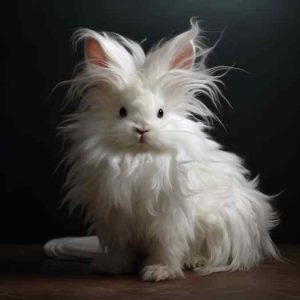
What are the characteristics of angora rabbits?
Breed characteristics
Giant Angora Rabbit
- Size: Large / Giant
- Weight: 9-10 pounds (4-4.5 kg)
- Lifespan: 7-11 years
- Physical Size: Commercial
- Best Suited For Experienced Owners, House Rabbits, Families With Large Children, Indoor Rabbits, Outdoor Rabbits
- Temperament: Shy, gentle
Angora goats are white and have a single layer of hair called mohair. Hair grows continuously at about 2 to 2.5 cm per month. Since textile mills require mohair up to 15 cm long, trimming twice yearly is expected.
Potty training rabbits require a lot of patience and rewards when doing the task in the right place. Many owners find that their rabbit tends to do things in a particular corner, but they can place a litter box in that corner to make the connection and learn that they should potty in the box, not outside of the box. Sometimes they want to poop wherever they want.

